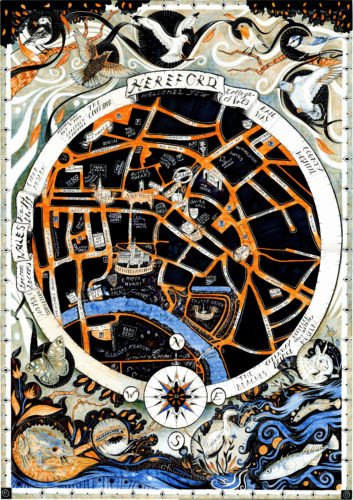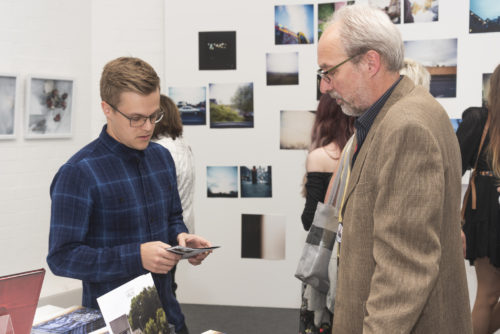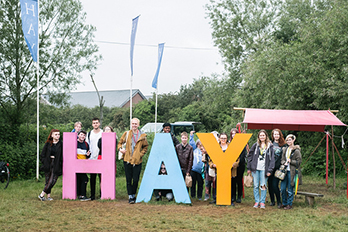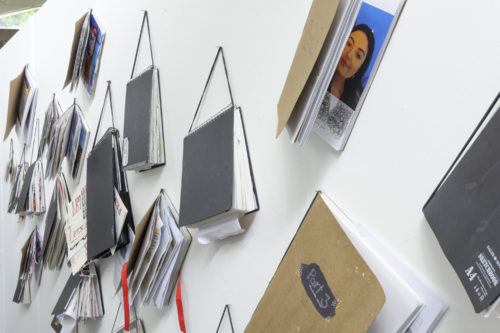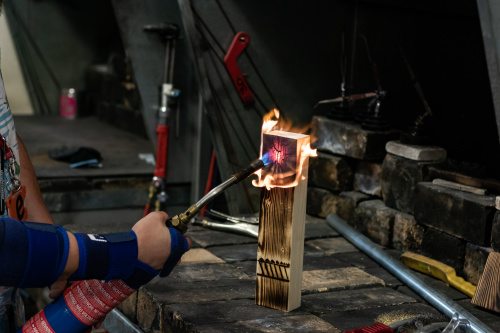Thinking paths through mazes: HE symposium Autumn 2019 at HCA
Published on 26.09.19
Have you found space to think today? And, if you have, was this a safe space where you could also share your thinking? The answer, for many of us, might be ‘not really’. It’s difficult to find moments in busy lives where we can indulge ourselves with the luxury of reflecting on not just ‘what’
Categories
Have you found space to think today? And, if you have, was this a safe space where you could also share your thinking?
The answer, for many of us, might be ‘not really’. It’s difficult to find moments in busy lives where we can indulge ourselves with the luxury of reflecting on not just ‘what’ but ‘how’ we are thinking. But, last Thursday, at the annual staff HE Symposium here at HCA, we were lucky enough to have Lou Mycroft visit us for a ‘thinking environment’ workshop which did just that.
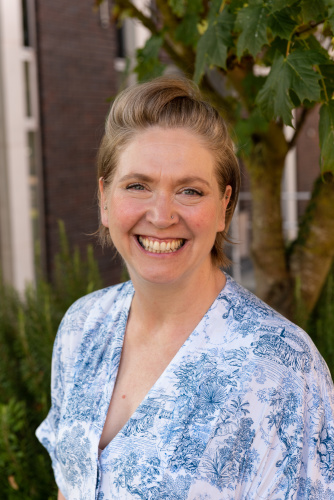
Lou is an inspiring speaker, but great workshop sessions (and this was a great workshop session) offer more than that. In blending high theory with practical application, Lou’s workshop also worked on a meta-level; we found out more about how thinking environment can support busy practitioners by creating one. In doing so we, or me, at least, were given the rare luxury of being given a range of honest, affirmative perspectives from voices across college on a real-life problem.
Other ‘thinking environment’ structures we participated in enabled us to voice our thoughts, cutting through the ‘nose’ that sometimes surrounds high-level discussion. I love dialogue; it helps us create new ideas, benefit from critical argument and make meaning. But there are drawbacks (particularly in meeting environments). Dialogue can be one-sided, creating a pattern where noisier, confident voices are heard and quieter voices find it difficult to speak. Dialogue can become a ‘game’ where one person listens just so that they can identify a space to have their voice heard. Dialogue in traditional meetings is governed by set hierarchies; it is not by co-incidence that meetings are usually chaired by a person who holds a senior role within an organisation.
‘Thinking Environment’ (a technique created by Nancy Kline) offers a different way of discourse. It is highly structured, but the ‘rules’ are simple and verbal –far away from ‘terms of reference’. Turn taking and listening are prized, notetaking less so. Thinking environment practices are embodied and aural rather than abstracted and semantic. This was reinforced by Lou’s theoretical framing of the session which looked at post-humanist practices as a de-centring from a central, idealised (white male) human domination of our stories and storytelling. In practice, thinking environment techniques help everyone to think, speak and listen, not just those whom society privileges in ways that are so ingrained they are part of our cultural DNA.
Luckily for us, the sun shone and our campus offers us extraordinary luxuries of tree-framed space, so we also practiced thinking environment physically, walking the green outside our College Road Campus, which offered a de-centred but uncluttered space to think to think through some blurry mazy problems.
I can’t thank Lou enough for sharing her practice with us at HCA. Feedback from the session has been hugely positive and the ripples are still being felt. At a Wider Leadership Team meeting the other day we discussed the symposium and, although we didn’t practice thinking environment, we did go out and walk. I hope that we get the chance to practice this hugely affirmative technique in the future (and we all look forward to listening to Lou’s TEDX talk on the ‘ethics of joy’ in the near future).


